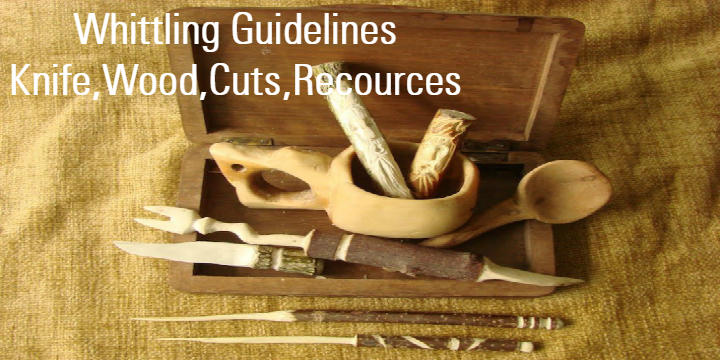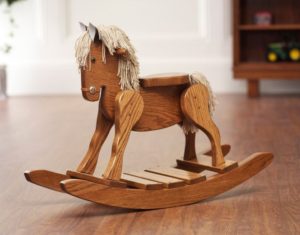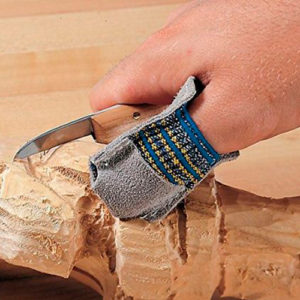
Wood Carving How to Start:
Wood carving how to start , this guidelines for all the basic whittling enthusiastic. wood whittling has been around since the Stone Age. It is one of the oldest forms of art. And it has been practiced by many cultures around the world, even by ancient civilizations. Even today, it remains popular for its availability, ease of use, and relatively low cost.
If you’re thinking of getting into wood carving, these are the basics you need to know to start your new hobby.
- Choose what kind of wood carving you want to do
Wood carving is simply the generic term for the art of turning a piece of wood into any product you want it to be. It can be something purely decorative such as a sculpture, or it can be part of something functional like a door.
There are five main types of wood carving. You can choose any type to start, then switch among the types to discover which one you like best. You might even discover you’re better at one particular type of woodworking over the others.
- Whittling – This is one of the oldest wood carving types. Usually done with a pocket or whittling knife, you carve out shapes from raw wood. Imagine a soldier during the civil war, carving a doll out of a fallen tree branch with his pocket knife. That’s whittling.
- Chip carving – This is considered the easiest among the five. The only tools required are a chisel and a knife. You simply chip away at the wood to form any pattern or design you want. With more practice, you can create more detailed and complicated designs.
- Relief carving – This type of wood carving is done by etching an image or a figure on a flat surface of wood. You only work on one side of the wood and leave the other side untouched. It’s the equivalent of a painting, but three dimensional.
- Letter carving – This has a lot of similarities with relief carving. It takes a lot of the techniques used in relief carving and applies them to lettering on the wood. For this type of carving, a chisel would be the best tool to form the letters you want.
- Carving in the round – This is arguably the most difficult to do among the five. You carve a statue out of raw wood. It is sculpting a four-dimensional figure from a raw piece of wood, hence, the name.
- Know the what kind of wood to use for each style
 Once you’ve figured out what style of wood carving you want to do, the next thing to decide on is the type of wood you need to use.
Once you’ve figured out what style of wood carving you want to do, the next thing to decide on is the type of wood you need to use.
To have full control of the wood, it’s important to make sure that the wood you use is dry. Try to avoid freshly cut logs as these still contain a lot of moisture, which will make the wood hard to carve and more difficult to work with.
Softer woods, such as butternut and basswood, are easier to carve compared to the hardwoods like cherry and maple. The key thing to remember is the softer the wood, and the finer the grain, the easier it is to carve. The harder the wood, and the courser the grain, the more difficult it becomes to sculpt.
- Having the right tools is important to achieve your goal
The tools you need will again depend on the style of carving you want to do. The type of wood you’ll use will also have an impact on what tools you can and should use.
If you’re going to try whittling, then a sharp carving knife or a pocket knife is enough. A carving knife is relatively narrow from end to end, not exceeding 15 mm in width. This allows you to cut even in concave areas. Avoid designs with blade guards as these limit the cuts that the knife will be capable of.
Read : 5 Most Easiest Wood Whittling Project.
Carving knives are also used for chip carving, in combination with chisels.
For letter, chip, and relief carvings, as well as carvings in the round, the ideal tools are wood carving chisels. These come in various forms and sizes. There are two main categories of wood carving chisels: chisels and gouges.
Chisels are typically flat, similar to a flat screwdriver. They can also be round like an ice pick. Chisels vary in width and length. They may have a sharp edge only on the tip, or on the sides as well as the end. There are also more complex chisel designs, e.g., those with ridged or v-shaped tips.
Gouges, on the other hand, are curved like a mini sickle or a spoon. These are used for carving out complicated shapes. There is a variety of gouge shapes for every carving need, such as dog-leg chisels, u-shaped gouges, or v-shaped gouges.
Depending on how big your raw wood is, the size of the chisel needed will change as well.
Although you don’t need to spend much on these tools, one thing remains constantly important with all of them – choosing knives or chisels which are of good quality. This means choosing high quality steel, which is hard enough to withstand the impact and wear that being used on wood can cause. This also means choosing handles with a good grip, so that you can firmly grasp the tool.
Finally, always sharpen your knives and chisels. Good, quality tools are useless if the blades are dull. So make sure that the edges are maintained and kept at peak condition. For this, you can use automated sharpeners, but if you want the best control, choose a sharpening stone.
Safety is key:
 As with any new endeavor, remember to be careful. Take steps to ensure you are operating in safe working conditions. Wear the proper safety gear. Don’t forget that you are working with sharp objects. You’re also working with wood which you’re chipping away at.
As with any new endeavor, remember to be careful. Take steps to ensure you are operating in safe working conditions. Wear the proper safety gear. Don’t forget that you are working with sharp objects. You’re also working with wood which you’re chipping away at.
Do not rush into it. If you’re just starting out, work slow. Relax and understand that becoming proficient at wood carving requires some time.
If you’re looking for step-by-step instructions on any type of woodcarving, a quick search on the internet will give you hundreds of tutorials. Or if you have the time and resources to spare, enroll in a class. Wood carving requires practice and skill. The latter you can get from learning from experts.
With all these in mind, you now have the basic knowledge to wood carving how to start a new project. And once you begin, commit to it. You might surprise yourself with what you are able to create.
Guest Writer: Melissa Lobo
Bio:
Melissa is a young and energetic writer, a mom to a sweet little boy, and a fur-mom to two perfect pooches. Before becoming the Associate Content Director for Project Female, she was a journalist specializing in topics related to women in politics and policy affecting women.
